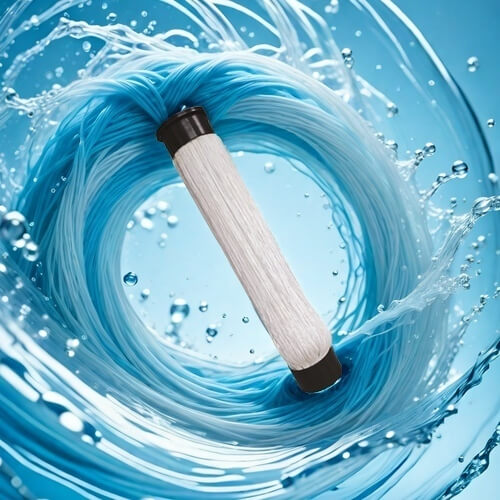What to do when the oxidation ditch process treats sewage with too high SS?
When the oxidation ditch process treats sewage, if SS (suspended solids) exceeds the standard, the following measures can be considered:
1. Adjust the aeration volume: Increasing the aeration volume can increase the dissolved oxygen concentration in the oxidation ditch, promote the decomposition of biological particles and the sedimentation of suspended solids.
2. Adjust the sludge age: Properly extending the sludge retention time in the oxidation ditch is conducive to the growth and reproduction of bacteria and improves the degradation efficiency of organic matter.

3. Strengthen sludge return: Increasing the sludge return volume in the oxidation ditch can increase the concentration of activated sludge and the size of particles, which is conducive to the adsorption and degradation of suspended solids.
4. Increase the amount of flocculant added: With the assistance of an appropriate amount of flocculant, it can promote the rapid sedimentation of suspended solids and solid-liquid separation, thereby reducing the concentration of SS.
5. Optimize the influent water quality: By adjusting the influent water quality parameters, such as adjusting the pH value and controlling the influent SS concentration, the input of suspended solids can be reduced, and the SS content can be reduced from the source.
In actual operation, it is necessary to comprehensively consider the above measures according to the specific sewage quality and treatment facilities, and strictly abide by relevant environmental protection laws and technical standards.
